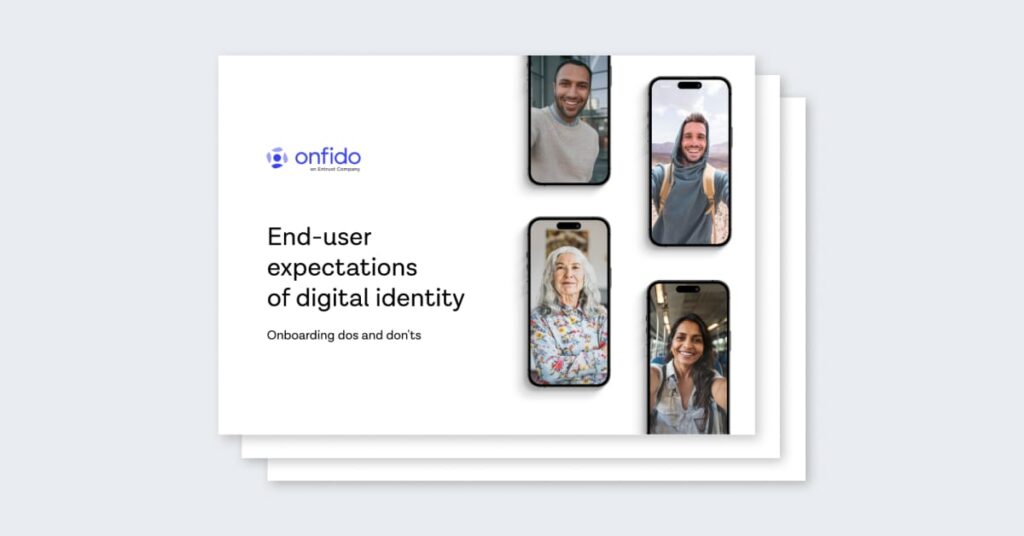
In today’s digital world, verifying identities online is a new standard, with 1 in 2 end users encountering digital identity verification (IDV). However, increasing commonality doesn’t mean digital IDV is without complication — striking the right balance between robust security and a seamless user experience (UX) is still a significant challenge.
For businesses of all sizes, meeting compliance requirements is a necessity, but can mean adding frustrating friction for customers. On one hand, strong security measures are crucial to prevent fraud and ensure the legitimacy of users. On the other hand, overly complex verification processes can frustrate users and lead to abandoned transactions. 1 in 5 users abandon account creation due to UX friction, and for younger generations the abandonment rate rises to 1 in 3.
How can businesses thread the security and UX needle?
Companies looking to balance security and user experience should look to the following.
Leverage automation where possible
End-users (42%) see fraud prevention as the biggest benefit to identity verification. But they almost equally prioritize speed (36%). Integrating with solutions that layer automated solutions like Optical Character Recognition (OCR) and artificial intelligence (AI) to limit repetitive tasks like data entry and document verification frees users from tedious steps.
Minimize data collection, maximize security
92% of end users are somewhat worried about how their data is being stored, while 85% worry that someone could hack into their existing accounts. Only collecting the data that is absolutely necessary for verification purposes reduces the risk of data breaches and builds trust with users who are increasingly privacy-conscious.
Utilize clear communication before, during, and after
Of end users who abandoned account creation, 35% did so because it was too confusing. Ensure identity verification solutions provide users with clear instructions, reasoning, and step-by-step guidance throughout the verification process.
Adopt a continuous improvement process
The evolution of digital experiences is happening at a rapid pace, and both regulation and end user expectations are evolving just as quickly alongside them. Regularly monitoring user feedback, implementing A/B testing, and leveraging an IDV provider that stay on top of changing requirements are imperative.
Choosing an IDV provider
A secure digital verification process doesn't have to be a hurdle for your users or a make-or-break moment for your business. By prioritizing both security and user experience, you can create a smooth and trustworthy online environment for everyone. In addition to these recommendations, choosing an IDV solution that is designed with UX at the core will ensure striking the balance between security and user experience.
Take a look at Onfido's report on end-user expectations of digital identity for more insights.






